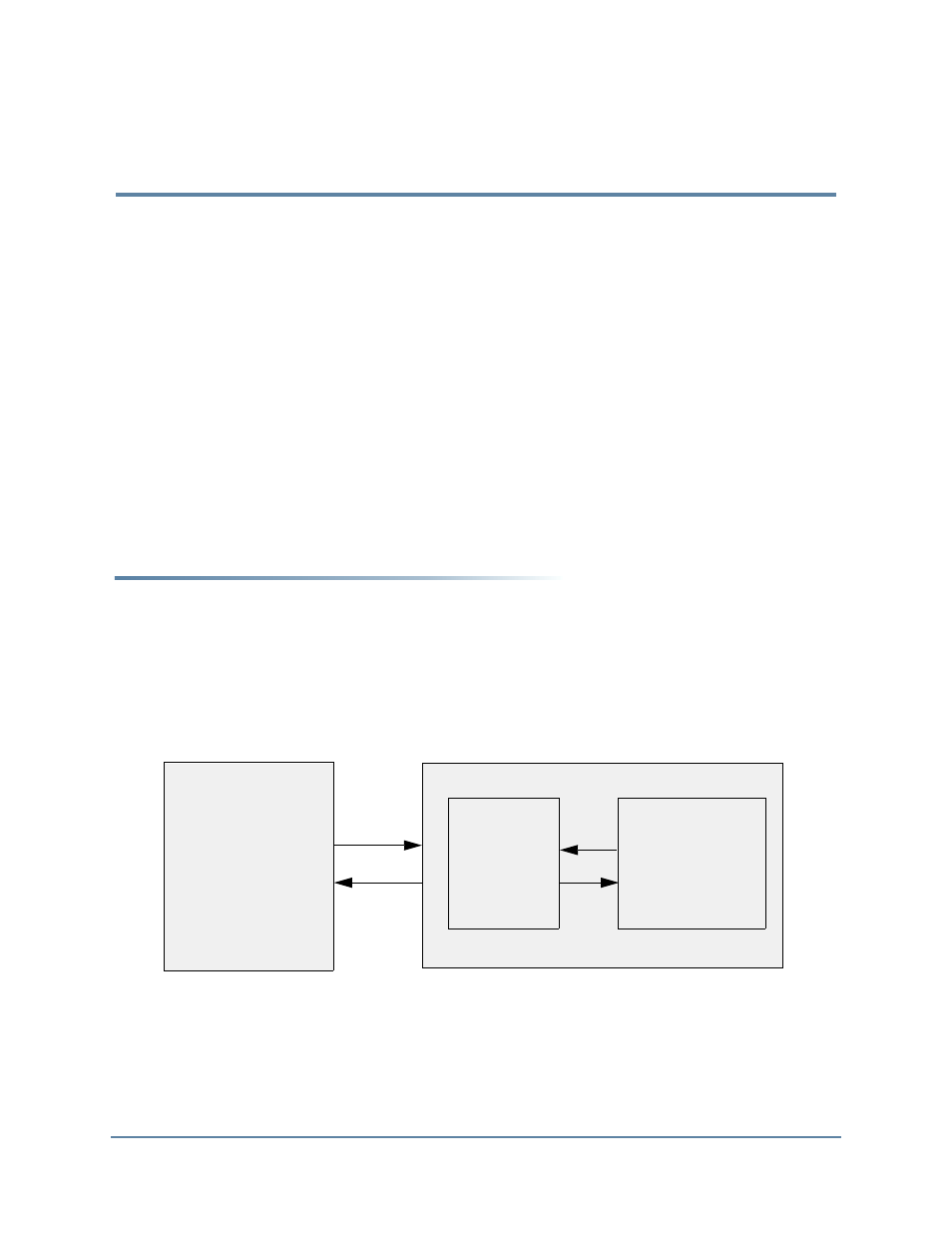Chapter 11 vhdl tutorials, Verifying a slave dut – Altera Mentor Verification IP Altera Edition AMBA AXI4-Stream User Manual
Page 181

Mentor Verification IP AE AMBA AXI4-Stream User Guide, V10.3
181
April 2014
Chapter 11
VHDL Tutorials
This chapter discusses how to use the Mentor VIP AE master and slave BFMs to verify slave
and master components, respectively.
tutorial, the slave is verified using a master BFM and test
program. In the
tutorial, the master issued transfers are verified using a
slave BFM and test program.
Following this top-level discussion of how you verify a master and a slave component using the
Mentor VIP AE is a brief example of how to run Qsys, the powerful system integration tool in
the Quartus II software. This procedure shows you how to use Qsys to create a top-level DUT
environment. For more details about this example, refer to “
Getting Started with Qsys and the
Verifying a Slave DUT
A slave DUT component is connected to a master BFM at the signal-level. A master test
program, written at the transaction-level, generates stimulus via the master BFM to verify the
slave DUT.
illustrates a typical top-level test bench environment.
Figure 11-1. Slave DUT Top-Level Test Bench Environment
A top-level file instantiates and connects all the components required to test and monitor the
DUT, and controls the system clock (ACLK) and reset (ARESETn) signals.
Master
BFM
On-chip
RAM slave
Master test program
Top-level file